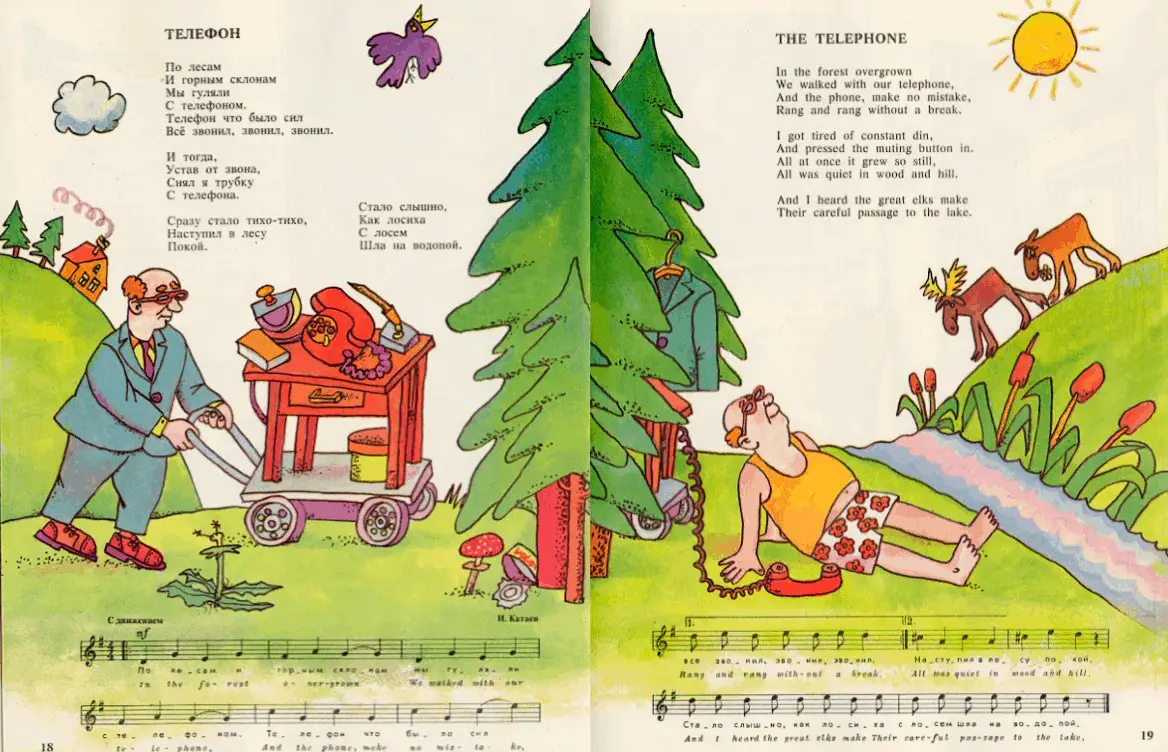-
How to identify an inciting incident?
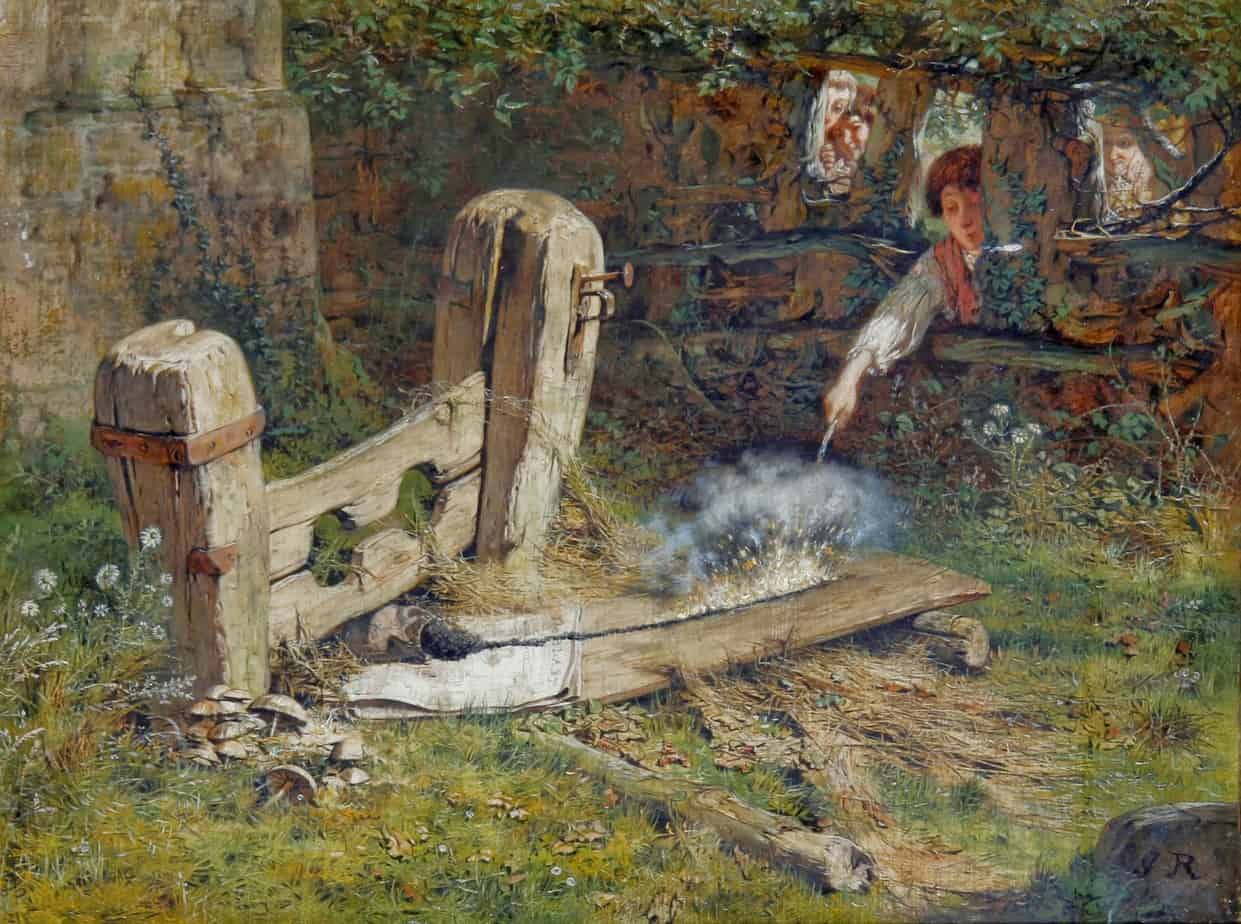
The term ‘inciting incident’ is one of those writing words which means different things to different people. Some writers don’t think in terms of inciting incident. To others it is key to a good story beginning. Some authors have easily identifiable inciting incidents, and one big event to set off a chain of events seems […]
-
Twist Endings, Reversals and Reveals In Storytelling
Reversals and reveals are vital for creating momentum and suspense in a story. Certain genres are required to be more page-turny than others, and all children’s literature must be page-turny. So you’ll find reversals and reveals everywhere in children’s literature.
-
The Technique of Ticking Clocks in Storytelling
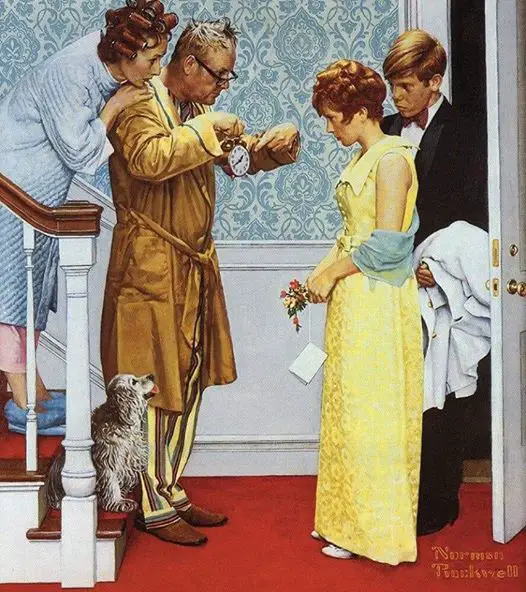
Once you notice ticking clocks in storytelling you see them in everything, so beware.
-
Make Way For Ducklings by Robert McCloskey 1941 Analysis
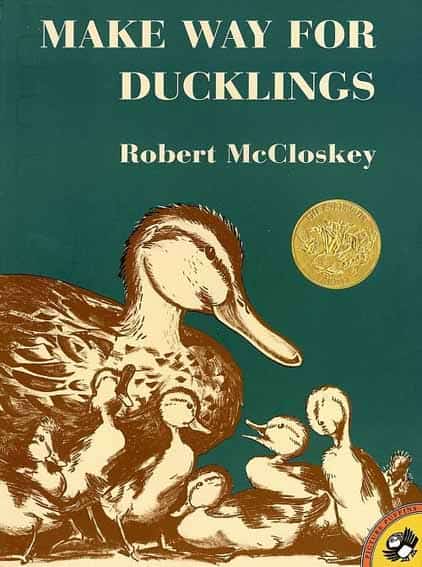
Make Way For Ducklings by Robert McCloskey (1941) is an American classic which serves as an excellent example of unreliable narration as it presents in picture books. NOTES ON THE ILLUSTRATION IN MAKE WAY FOR DUCKLINGS LIFELIKE DUCKS McCloskey’s devotion to mimesis reminds me of the lengths the Hayao Miyazaki studio goes to when animating […]
-
The difference between story and plot
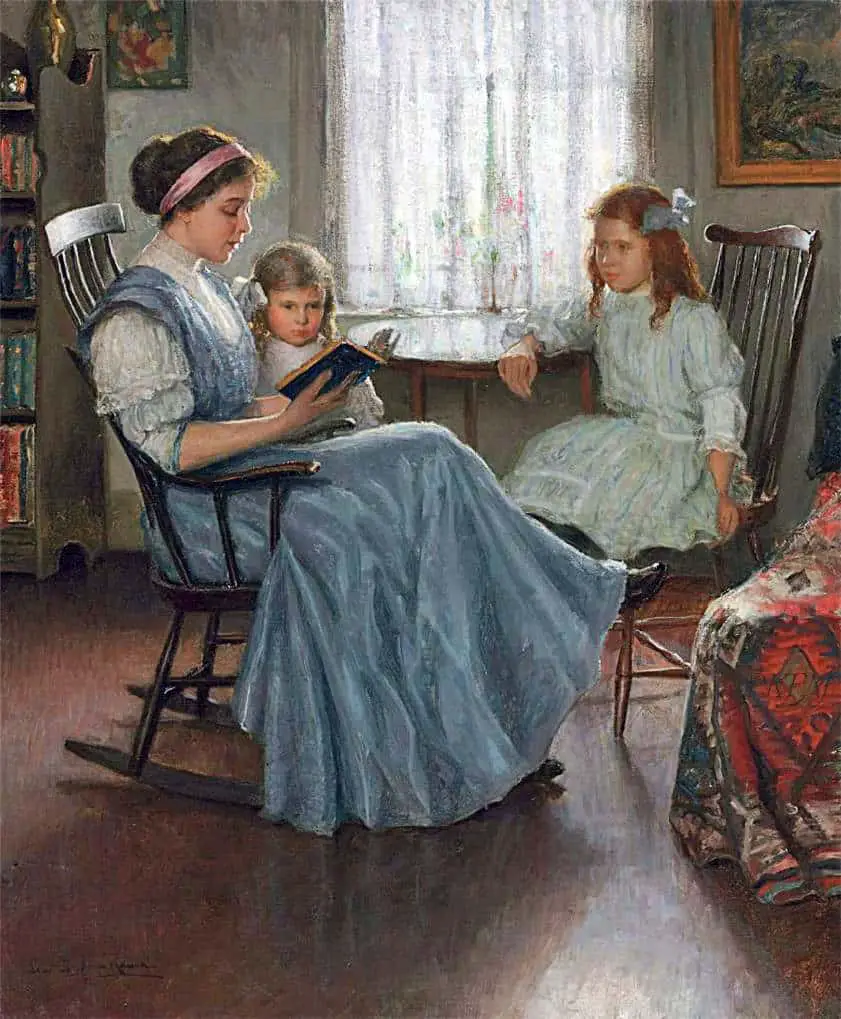
Story is the chronological order readers discover when they ask “what happened next”? Plot is the order readers experience when they pay attention to what happens next as they read. Plotting is what storytellers do when making decisions about how to unravel their story. Storytellers don’t tell the entire story. They pull out the […]
-
How To Structure A Subplot
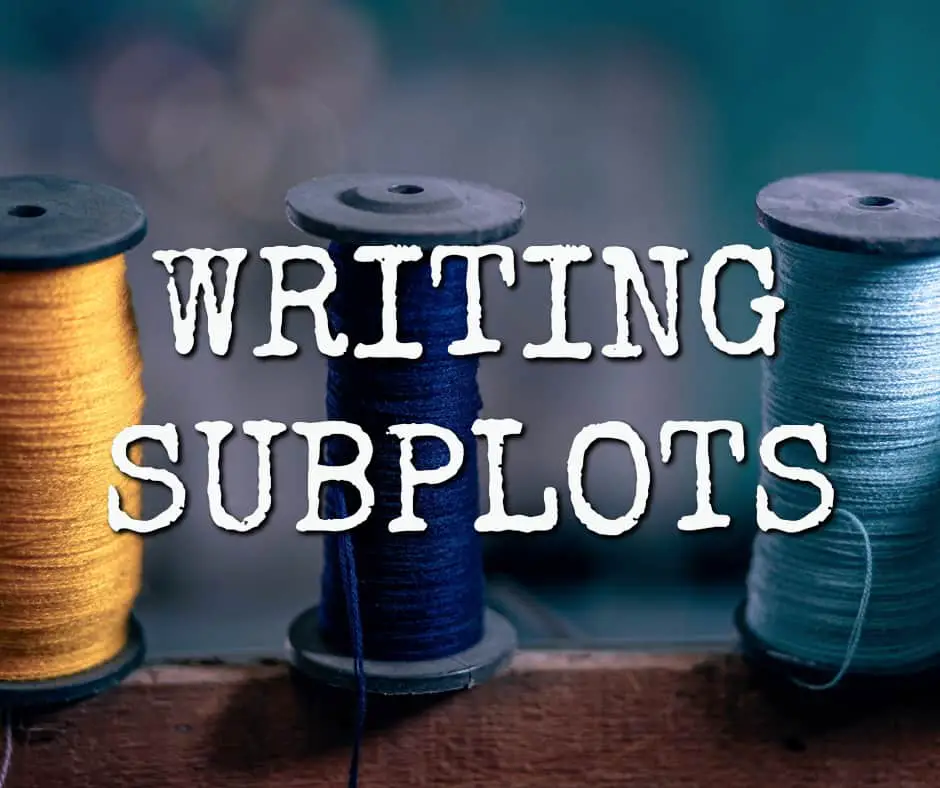
When most people talk about subplot they’re talking about a minor story which exists to bulk out the ‘main’ story. If the subplot doesn’t affect the main plot in any way, and simply shares setting/characters, we might be better off calling it a related short story. Alternative Opinion: Subplot Is Not A Useful Concept ‘Subplot’ […]
